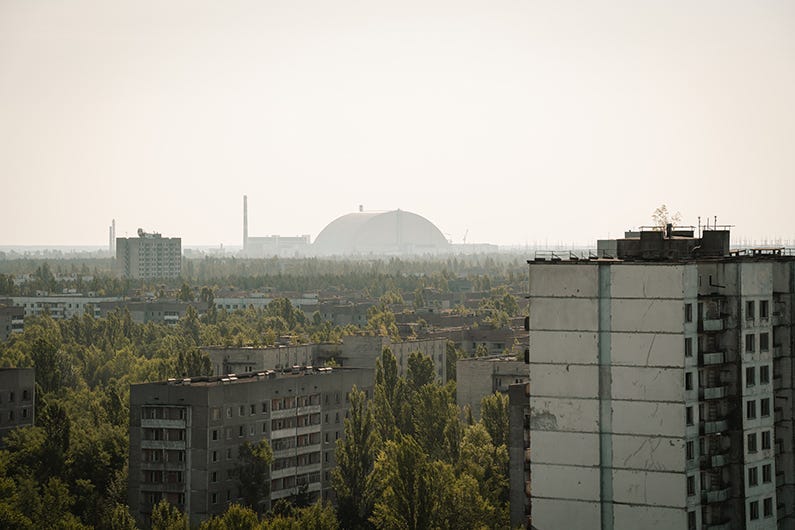Chernobyl Breached! Russia's Drone Strike on Nuclear History's Most Dangerous Ruin
Intentional or accidental? I think we all know the answer...

News broke in February that should have sent shockwaves through global media but largely didn’t: on February 14, a Russian kamikaze drone struck the Chernobyl Nuclear Power Plant.
Yes, that Chernobyl, site of the worst nuclear accident…
Keep reading with a 7-day free trial
Subscribe to Eyes Only with Wes O'Donnell to keep reading this post and get 7 days of free access to the full post archives.


